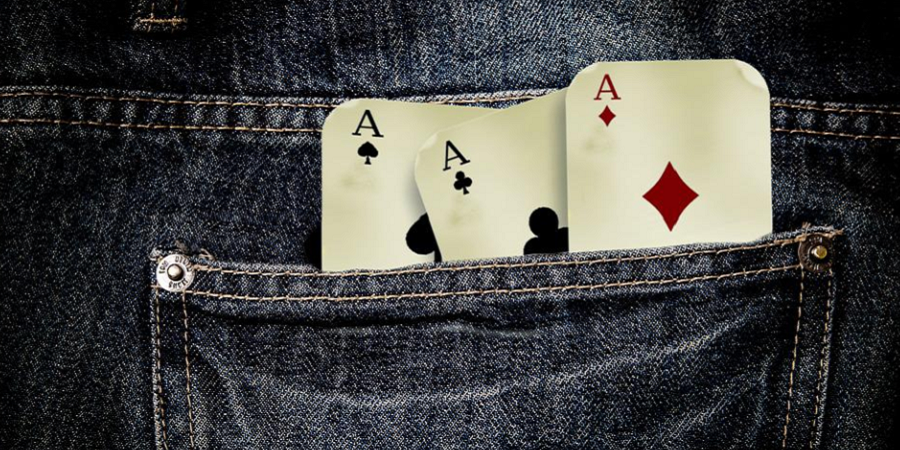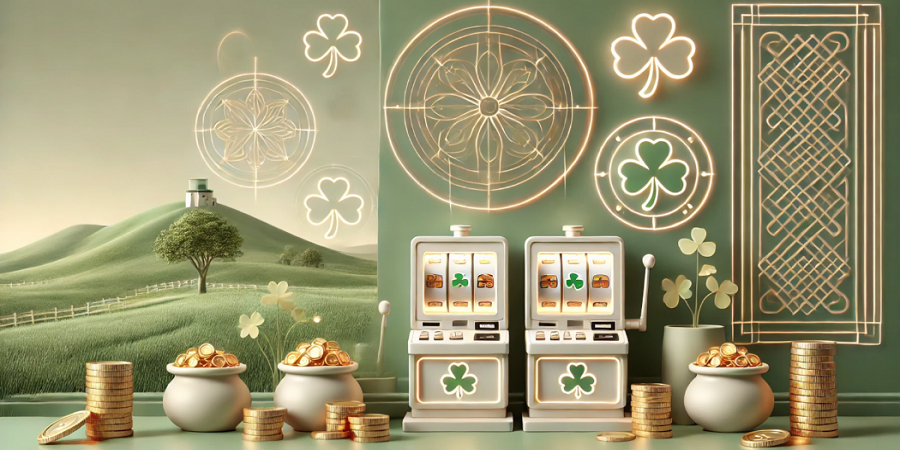If you’ve spent any time at all researching the world of online slots – and it’s always best to learn as much as you can about slots in general and individual games before you actually put your own real money on the line – then the chances are that you’ve come across the phrase Return To Player (RTP) before. This is always presented as a percentage figure which you can use, up to a point, to help you decide whether you want to play a particular set of slots or not. In simple terms it represents the percentage of the money you bet which you can expect to get back from the slots in question if you play them for any length of time. On its own it’s fairly useful, but in order to truly judge the RTP percentage of a game you also need to understand concepts such as the house edge and the volatility of slots. The good news is that this article is going to explain all three.
RTP
As stated, the RTP percentage refers to the amount you win back as a percentage of what you put into the slots in question. It’s not quite as simple as the percentage you can expect to receive every time you play, however, as it has been calculated over an extended period. The best way to explain RTP is probably with a practical example:
If you place £100 in bets on a slot which has an RTP of 98% then you would be expected to end up keeping £98 of your money. That’s the theory, but in practice some of the money you bet on the machine could be used to build up the pot for another players win and, conversely, if you’re lucky enough to scoop a £1200 jackpot then that will be made up of money taken from other players. Players are happy to accept this of course, as it represents the essence of gambling – when you pay your money to make a bet and set the reels spinning, you can never really know exactly where they’re going to land. Choosing a machine with a higher RTP means that, if you play if consistently over a long period of time, the money you end up getting back should match the RTP given. As a rule of thumb, it’s probably best to avoid slots which have an RTP of less than 95%, with the exception being some of the bigger progressive jackpot slots which have a lower RTP but which offer the chance, if you do win, of hitting a life altering jackpot.
The house edge
The house edge is the advantage which the casino has over the player. There will always be a house edge because online casinos, just like their bricks and mortar counterparts, operate on a profit making basis. Seasoned gamblers will warn that the house always wins and, while this is true when taken overall (i.e. when every single player of every single slot is taken into account), it doesn’t mean that you can’t utilise the right strategies and play the right slots in order to maximise your chances of coming out on top. Of course, the wisest strategy of all is to have strict control over the amount you wager and to walk away when you’ve hit that amount whether you’re winning or losing.
Calculating the house edge is simple, it’s merely the difference between the RTP percentage and 100%, so a slot with an RTP of 95% means a house edge of 5%. Put this way it sounds as if the wisest course of action is simply to choose a slot with a high RTP and low house edge, but it isn’t quite as simple as this, as the volatility of the slots also has an impact.
Volatility
Volatility is also known as variance, and it refers to the ratio of the size of the payout with the frequency of that payout. It may not be surprising to learn, for example, that slots which have the biggest payouts tend to pay out less frequently, while those which pay out more frequently deliver smaller individual jackpots. The difference between the two is known as the volatility of the machine.
High volatility
In most cases high volatility slots have a lower RTP and bigger house edge. That doesn’t mean they should be avoided, however, as the flipside of this is that the payouts, when they do arrive, tend to be much bigger. For that reason some players – generally those who have the time and budget to play for longer – tend to seek out high volatility slots, which are often progressive slots. The RTP of a high volatility slots depends on the amount of money building over a period of time and then paying out in spectacular fashion.
Low volatility
When you play low volatility slots you can expect to win more often, but receive less in winnings each time you do. A high volatility game might offer a sizeable payout after 50 spins, while a low volatility alternative will pay out every few spins, but only £1 or £2. Whereas high volatility slots tend to attract the more ‘serious’ player seeking a big pay day, low volatility options are more suited to casual players looking to gamble a relatively small amount in the hopes of having some fun playing and – perhaps – winning a little bit of money.
Whether you choose a game with a high or low RTP and volatility will depend on your attitude to risk and reward. Low RTP and high volatility is always going to be the riskier option, but with potentially a greater reward. If you’d rather play safe – particularly if you’re relatively new to online slots – then the best advice is probably to stick to those slots offering a higher RTP. The good news is that reputable, licenced online casinos have to clearly display the RTP and volatility of their slots for players to check, and that these percentages are regularly tested by bodies such as the UK Gambling Commission in order for the licences to stay in place. When you choose a site after checking out the reviews you can be certain that factors such as these have been taken into account when giving a rating. Of course, the element of uncertainty can never be fully removed but then, if it was, that would take all the fun out of playing online slots.










